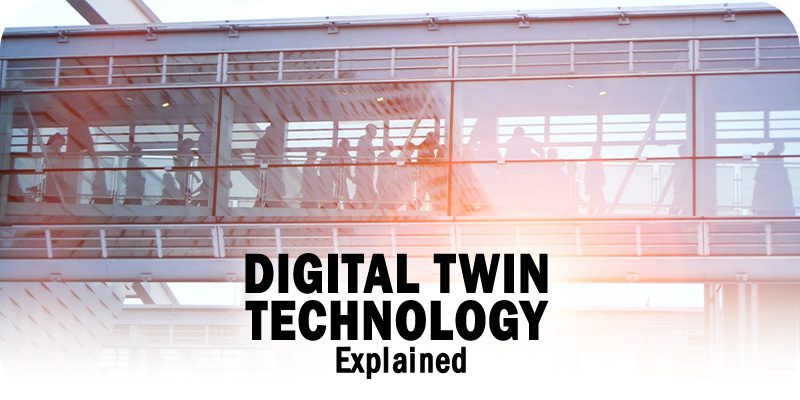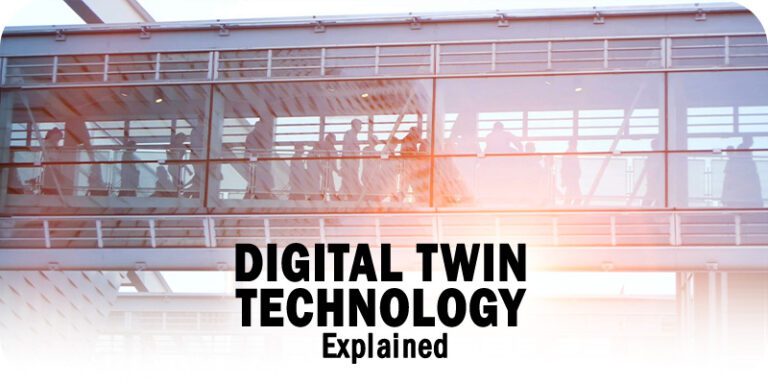What is Digital Twin Technology and Why is it Important for Manufacturers?

As part of Solutions Review’s Contributed Content Series—a collection of articles written by industry thought leaders in maturing software categories—Prashanth Mysore, Strategic Business Development and Industry Marketing Director at DELMIA, explains what digital twin technology is and how manufacturers can benefit from it.
Digital Twin technology has quickly become a staple with many of the largest manufacturers in the automotive and industrial engineering sector thanks to its ability to provide value in saving time and optimizing plant effectiveness. While uptake in smaller manufacturing firms has been slower, those within the industry are starting to see the value that digital twin technology can bring, no matter the business size.
In this article, Prashanth Mysore, Strategic Business Development and Industry Marketing Director at DELMIA, part of the Dassault Systèmes Group, gives us some more insight into what Digital twin technology is, as well as virtual twin and how it can play a hugely important role for manufacturers around the globe.
What is Digital Twin & Virtual Twin technology?
Digital twin technology allows manufacturers to gain a digital representation of a real-world system. It mirrors the software or model to acquire data and insight and is an executable model of a physical system. The physical system can be a factory, plant, mine, or resource. This brings in learning and experiences from the physical part so companies can update their distribution models.
Virtual twins are the next step up from digital twins, which provide a more dynamic look to factory systems. Virtual twins allow businesses to visualize models and simulate sophisticated experiences—whereas digital twin solutions are static. Virtual twins essentially show manufacturers precisely what can be executed and implemented in the real world, and their primary focus is to give actionable solutions to improve efficiencies.
In fact, Virtual Twin technology helps visualize a model of the product and manufacturing and operations as well. When thinking about the capabilities of digital twins, they operate in a closed loop of “ability to ability,” but virtual twin goes beyond that. It allows you to control the real world with the virtual world via closed-loop capabilities. Virtual Twin solutions can benefit almost any manufacturing organization, both small and large.
Which Industries Can Benefit from Digital & Virtual Twin?
Digital twins initially found their way into select industries where businesses could easily see value and return on investment. The automotive and industrial equipment sectors were the two main areas that invested in digital twin technology initially, along with oil and gas shortly after. These industries had a clear need for the insights provided by digital twins to streamline processes and provide extra efficiency.
In more recent times, manufacturing and life sciences markets are beginning to catch up on the benefits of digital twins as they rely on the twins’ ability to provide sophisticated models that can be acted upon. The length and breadth of industries that can adopt this type of technology stretch far and wide, and the same can be said about virtual twin technology, as it’s essentially a step further than the insights offered by digital twins.
Why Are Digital and Virtual Twins So Important for Manufacturers?
There are many benefits to having digital or virtual twins integrated into your workflow as a manufacturing business. However, the most pertinent usually are time, cost, increased levels of safety for all employees, and resource savings. In recent years, there’s been an increased focus on sustainable manufacturing and a ‘circular economy,’ with a real emphasis on improving the overall productivity and safety of processes.
Alongside this, there’s been a fundamental shift in manufacturing bosses looking for more control over production while minimizing costs. Digital/virtual twins cover all this, giving manufacturers access to important information about cutting costs while maintaining and improving workflows.
While manufacturing and operations industries are becoming more complex due to the digitalization and innovation within each sector, things must be as simple as possible. Operation lead times can begin to become longer if inefficiencies in the new workflow aren’t ironed out, and that’s where digital and virtual twin technology comes into play. Having the insight and agility to make changes in manufacturing is essential, especially with the supply chain issues affecting most manufacturers worldwide.
To emphasize the effectiveness of virtual twin technology in particular, in one case study, DELMIA saw plant effectiveness increase by 250 percent after installing a virtual twin. The twin provided an in-depth analysis of inefficiencies and provided the manufacturer with simulation models that help combat inefficiencies. Additionally, employee safety and fulfillment rose by 5 percent in time savings.
In a separate case study, DELMIA saw another company increase on-time deliveries by 50 percent thanks to better planning techniques and technologies. There was also a 50 percent reduction in lead times, enabling the company to maintain high orders while shipping a higher percentage out on time to consumers.
In summary, digital and virtual twins are quickly becoming a staple across industries thanks to the number of benefits they provide. Manufacturing and logistics, in particular, can benefit from the technologies, as they provide reduced lead times and help when it comes to planning efficiently.

 By
By



















